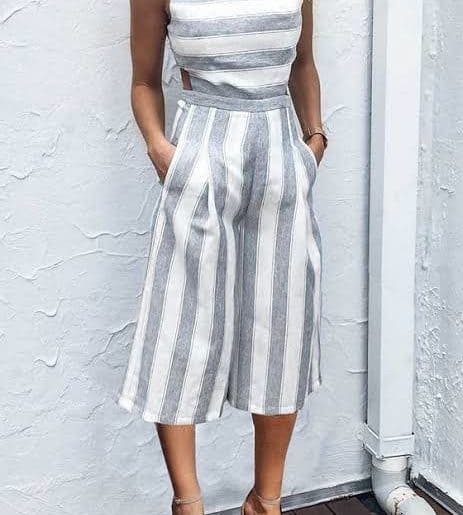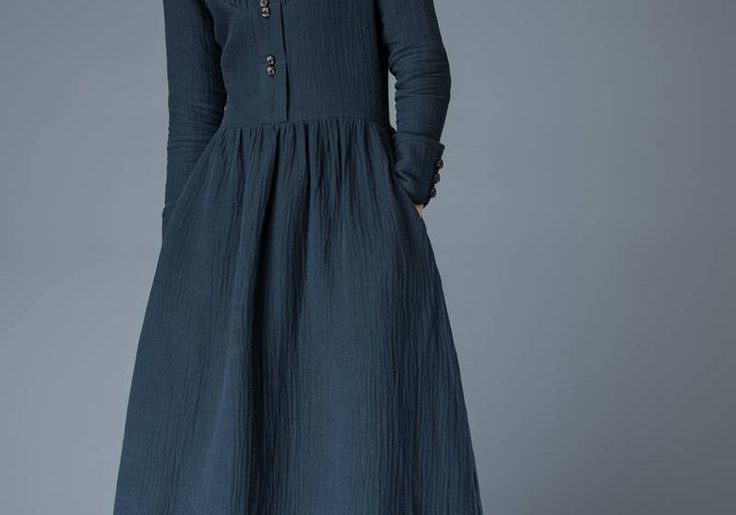Now that trends influence everyone’s style, let’s finally separate the hype from the real deal.
I’m playing fashion police today- waving goodbye to trends that are potentially tired while giving some overdue love to the seriously underrated ones. Let’s set things straight once and for all.
Overrated fashion trends-
- Birkenstocks- These iconic sandals have been the epitome of comfortable footwear for a very long time. However, their chunky design makes it hard to integrate them with most outfits. So, while they’re definitely made out of quality material, the prices aren’t justified for a sandal used for casual wear.
- Sheer clothing- This provides the opportunity to play around with layers and textures which could be so fun! But, the comfort and practicality of sheer clothing is questionable. They can prove to be itchy and the synthetic materials are not very environmentally friendly either.
- Mini sunglasses- These are a departure from traditional eyewear by far. Indeed, they are more about making a statement than functionality but it’s impossible to see properly in them, let alone walk. Big yay for the look and all the fun colours they come in, but utility garners negative marks.
- Statement sneakers- The debate about their place on this list would be an intense one. While I agree with (and even partake in) sneakerhead culture, some designs are clearly more about flashiness and prestige than quality and comfort. While a good pair can transform a look for the better, a flashy one could push it slightly into the tacky category.
Underrated fashion trends-
- Dad shoes- ‘Dad’ shoes are those that are not necessarily considered very stylish but provide unparalleled comfort. They are the most ideal choice for extended periods of walking and their resurgence in recent times is a testament to a shift in fashion priorities, where comfort is taking precedence. It’s great to have an awesome sneaker collection but also get yourself some of these. Dads have always known best.
- Neutral tones- They deserve more recognition instead of being considered boring. Neutral colours exude understated elegance and should be staples in our wardrobes. They are easy to style and serve as the perfect backdrop for statement accessories.
- Timeless prints- Their appeal lies in being a reliable option for both formal and casual outfits. They have stood the test of time and their charm goes beyond that of passing fads such as animal prints. Most of them are eternally relevant but I’m still not so sure about polka dots, though.
- Fanny packs- The outdated designs have been revamped in recent times and are incredibly convenient. While I am a fan of tote bags, having to fish for my keys for 5 minutes is not fun. Fanny packs are thus a great accessory for on-the-go lifestyles.
Fashion has always existed as a means to express yourself. None of it could ever be the ‘wrong’ way to do it. Obviously, it’s important to wear what you like and are comfortable in. While certain trends may not resonate with everyone, they still contribute to the fashion landscape. If you like Birkenstocks and are rocking them, good for you! But do yourself a favour and buy some Dad shoes today.
Read also: Threads vs Twitter- Let the Billionaire Cold War Commence
Featured image credits: Pinterest
Arshiya Pathania




